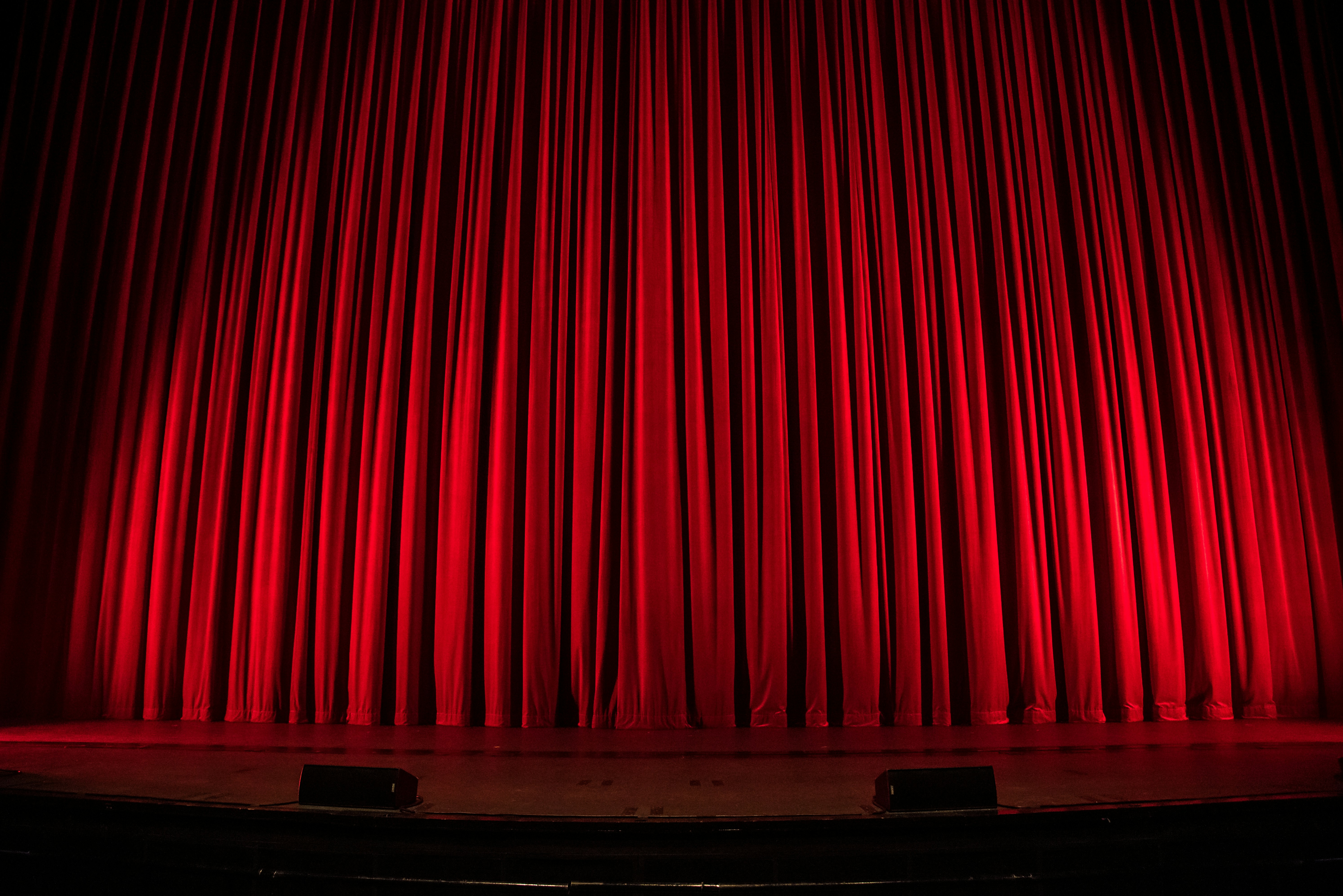Negative Space
Definition:
"Negative space" refers to the empty or open space around and between the subjects of a design. It is a crucial element in visual composition, helping to define the boundaries of positive space and bringing balance to the overall design.
Detailed Explanation:
Negative space, also known as white space, is the unmarked or empty area surrounding the main subjects (positive space) in a design or composition. Despite being called "negative," this space plays a positive role in enhancing the visual appeal and clarity of a design. It provides a visual rest, helps to organize content, and can even create shapes or additional meaning through its interaction with the positive space.
In theatre, negative space is used in set and stage design to focus the audience's attention on key elements, create visual balance, and enhance the overall aesthetic of the production. It can also be used to convey themes, moods, and dramatic tension by manipulating the amount and placement of empty space on stage.
Key Elements of Negative Space:
Definition and Contrast:
Negative space defines the boundaries of positive space, creating a clear distinction between different elements of the design.
Balance:
Proper use of negative space brings balance and harmony to a composition, making it more visually appealing and easier to understand.
Focus:
By providing breathing room around key elements, negative space directs the viewer’s attention to the most important parts of the design.
Shape Creation:
Negative space can form shapes or patterns that add depth and additional meaning to the design, often in a subtle or implied manner.
Advantages of Using Negative Space:
Clarity:
Negative space helps to declutter a design, making it clearer and more legible for the audience.
Aesthetic Appeal:
A well-balanced use of negative space enhances the visual attractiveness of a composition, creating a sense of sophistication and elegance.
Emphasis:
By isolating key elements, negative space emphasizes the focal points of the design, guiding the audience’s attention where it is intended.
Challenges of Using Negative Space:
Balance:
Achieving the right balance between negative and positive space can be challenging, requiring a keen eye for composition.
Subtlety:
The effective use of negative space often relies on subtlety, which can be difficult to master and may go unnoticed by the untrained eye.
Context:
Understanding how negative space interacts with the surrounding elements and the overall context of the design is crucial for its effective use.
Uses in Performance:
Set Design:
In set design, negative space is used to create visual focus, balance, and clarity, helping to define the spatial relationships between set pieces and actors.
Lighting Design:
Lighting designers use negative space to highlight or isolate certain areas of the stage, enhancing the mood and directing audience attention.
Choreography:
In dance and movement, negative space can be used to emphasize the movements and shapes created by the performers, adding to the visual impact.
Design Considerations:
When incorporating negative space into a design, several factors must be considered to ensure it is effective and enhances the overall composition:
Proportion:
Maintain a balanced proportion between negative and positive space to achieve visual harmony and clarity.
Purpose:
Use negative space with intention, ensuring it serves a specific purpose in directing focus, creating balance, or adding depth.
Flexibility:
Be flexible in adjusting the amount and placement of negative space as needed to respond to the overall aesthetic and functional requirements of the design.
Conclusion:
Negative space is a fundamental element in visual composition, representing the empty or open areas around and between the subjects of a design. By providing definition, balance, focus, and shape creation, negative space enhances the clarity, aesthetic appeal, and emphasis of a design. Despite challenges related to balance, subtlety, and context, the benefits of using negative space make it an essential tool in theatre set design, lighting, and choreography. With careful consideration of proportion, purpose, and flexibility, negative space can significantly improve the visual impact and effectiveness of any design or performance.


